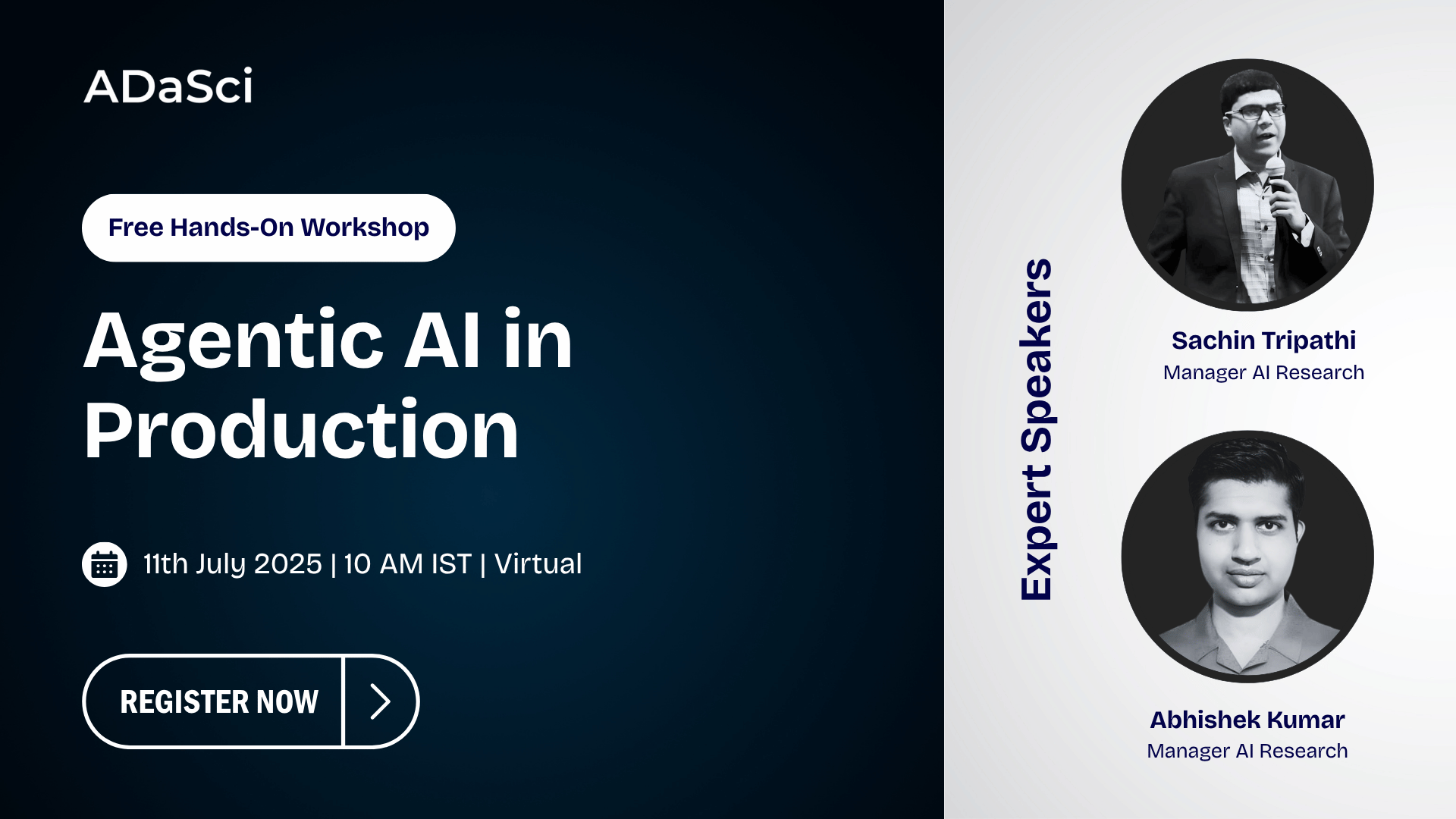DeepSeek-V3 Explained: Optimizing Efficiency and Scale

Explore more from ADaSci
DeepSeek-V3 marks a transformative advancement in the domain of large language models (LLMs), setting a new benchmark for open-source AI. As a Mixture-of-Experts (MoE) model with 671 billion parameters—37 billion of which are activated per token. Featuring innovations like Multi-Head Latent Attention (MLA), auxiliary-loss-free load balancing, and multi-token prediction, DeepSeek-V3 delivers unprecedented capabilities in coding, mathematics, and reasoning tasks. This article offers an in-depth exploration of its architecture, training strategies, innovations, and real-world applications.
Table of Content
- What is DeepSeek-V3?
- DeepSeek-V3 Architecture Unveiled
- Advanced Training and Deployment Strategies
- Key Features and Innovations
- Real-World Use Cases
What is DeepSeek-V3?
DeepSeek-V3 is an open-source large language model that leverages Mixture-of-Experts (MoE) architecture to achieve state-of-the-art performance in computational efficiency and accuracy. It features 671 billion parameters, with 37 billion activated per token, enabling it to handle complex tasks in coding, mathematics, and reasoning. Designed for scalability and cost-effectiveness, it incorporates innovative techniques like Multi-Head Latent Attention (MLA), FP8 mixed precision training, and a novel Multi-Token Prediction (MTP) objective.
DeepSeek-V3 Architecture Unveiled
At its core, DeepSeek-V3 builds upon the Transformer framework but incorporates several advanced components to achieve its groundbreaking performance. Key elements of the architecture include:

DeepSeek-V3’s Architecture
Multi-Head Latent Attention (MLA)
MLA enhances inference efficiency by introducing low-rank joint compression for attention keys and values. This technique reduces memory overhead while maintaining high attention quality. By caching only compressed latent vectors, MLA minimizes key-value storage requirements during inference.
DeepSeekMoE
The DeepSeekMixture-of-Experts mechanism employs finer-grained experts with innovative load-balancing techniques. Unlike traditional MoE architectures, It eliminates the need for auxiliary loss by using dynamic bias adjustments, ensuring balanced expert loads without performance trade-offs.
Multi-Token Prediction (MTP)
DeepSeek-V3 incorporates a novel MTP objective, allowing the model to predict multiple tokens at once. This densifies training signals and enables better pre-planning of token representations, boosting performance on complex benchmarks.
Multi-Token Prediction (MTP) Architecture
Advanced Training and Deployment Strategies
Efficient Training Framework
DeepSeek-V3 achieves remarkable training efficiency through its FP8 mixed precision framework. By leveraging low-precision computation and storage, it reduces GPU memory usage and accelerates training. The model’s pre-training required only 2.788 million H800 GPU hours, translating to approximately $5.576 million in cost.
DualPipe Algorithm
The DualPipe algorithm revolutionizes pipeline parallelism by overlapping computation and communication phases. This minimizes pipeline bubbles and ensures near-zero all-to-all communication overhead, enabling seamless scaling across multiple nodes.
Deployment Optimization
For inference, It separates the prefilling and decoding stages, using modular deployment strategies to optimize GPU load and maintain low latency. Techniques like redundant expert hosting and dynamic routing further enhance computational efficiency.
Key Features and Innovations
Auxiliary-Loss-Free Load Balancing
Traditional MoE models rely on auxiliary loss to prevent expert overload, which often degrades performance. DeepSeek-V3 pioneers a bias-based dynamic adjustment strategy, achieving load balance without compromising accuracy.
FP8 Mixed Precision Framework
By adopting FP8 precision for key computations, It reduces memory and computational costs. Fine-grained quantization and increased accumulation precision ensure numerical stability and training reliability.
Mixed precision framework with FP8 data format
Multi-Token Prediction (MTP)
The sequential prediction of multiple tokens not only improves training efficiency but also enhances inference capabilities, enabling faster and more accurate generation.
DeepSeek-V3-Base vs other open-source base models
DeepSeek-V3’s Key Features and Innovations
Real-World Use Cases
DeepSeek-V3’s versatility makes it an invaluable asset across various domains:
Educational Tools
Achieving 88.5 on the MMLU benchmark, It excels in answering complex educational queries and providing accurate, context-rich responses.
Coding Platforms
With top-tier performance on coding benchmarks like LiveCodeBench, It is ideal for competitive programming platforms and code suggestion tools.
Mathematical Applications
The model’s state-of-the-art performance on MATH-500 highlights its ability to tackle advanced mathematical reasoning and problem-solving tasks.
Multilingual Knowledge Systems
DeepSeek-V3 demonstrates superior performance in multilingual benchmarks, making it a powerful tool for global knowledge management and translation.
Final Words
DeepSeek-V3 represents a paradigm shift in open-source AI, delivering unmatched performance and efficiency. By integrating cutting-edge architectural innovations and training techniques, it narrows the gap between open-source and closed-source models. Its versatility across domains—from education to coding—underscores its potential as a transformative tool in the AI landscape. As the field advances, DeepSeek-V3’s innovations set a strong foundation for future developments.






